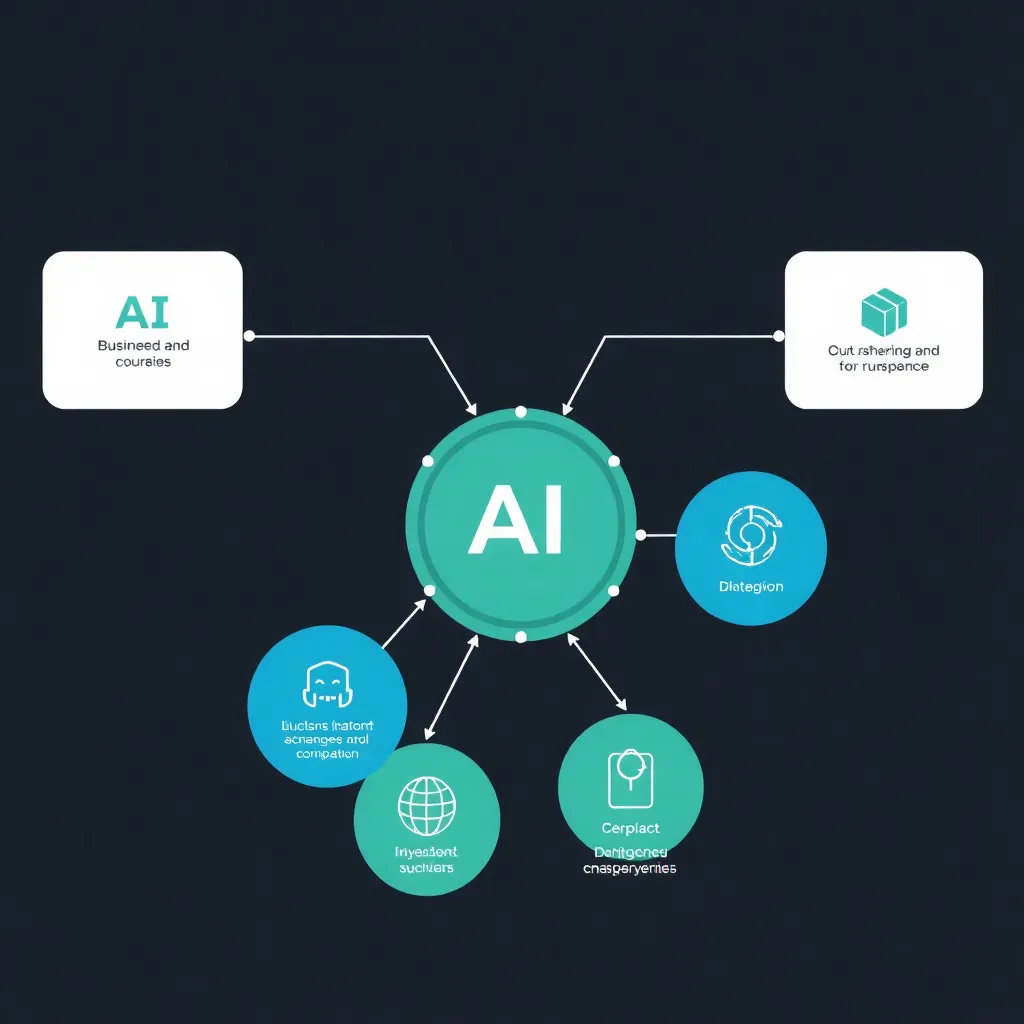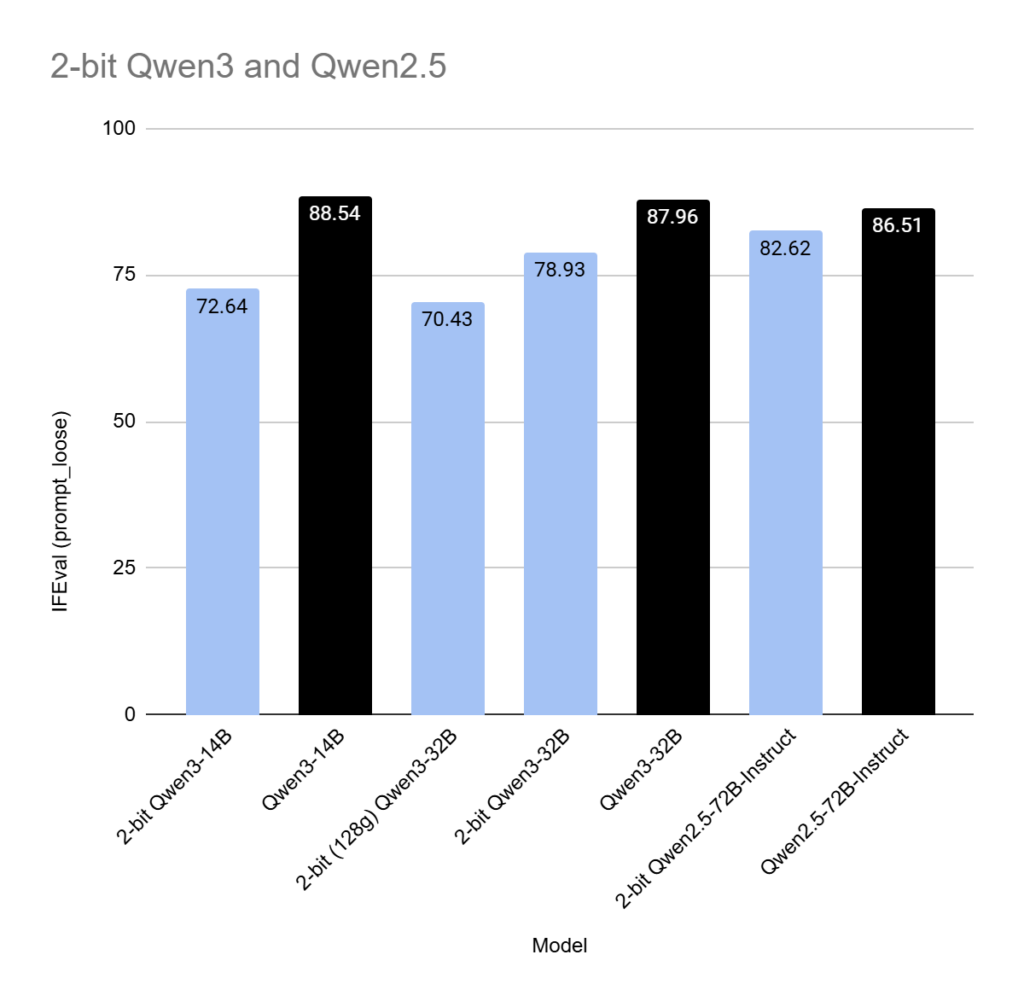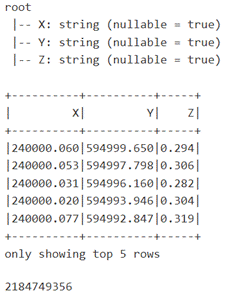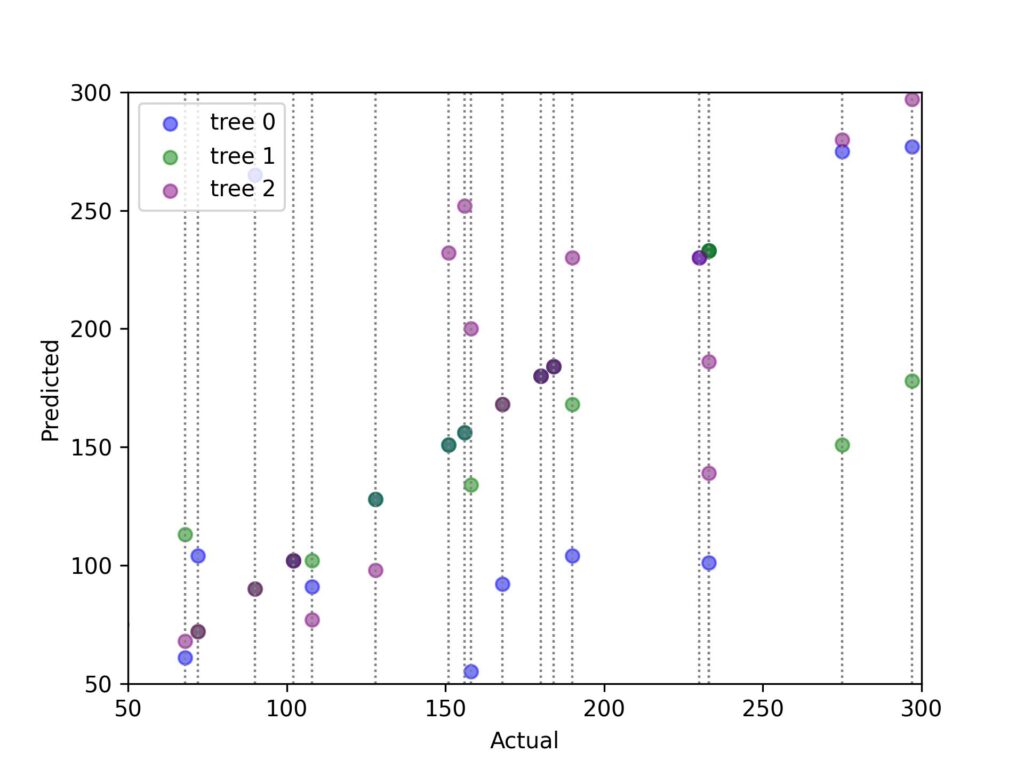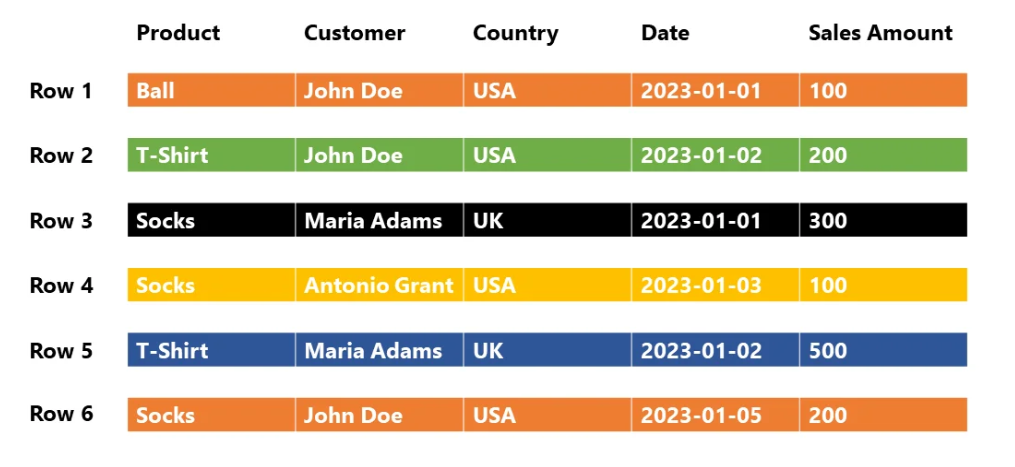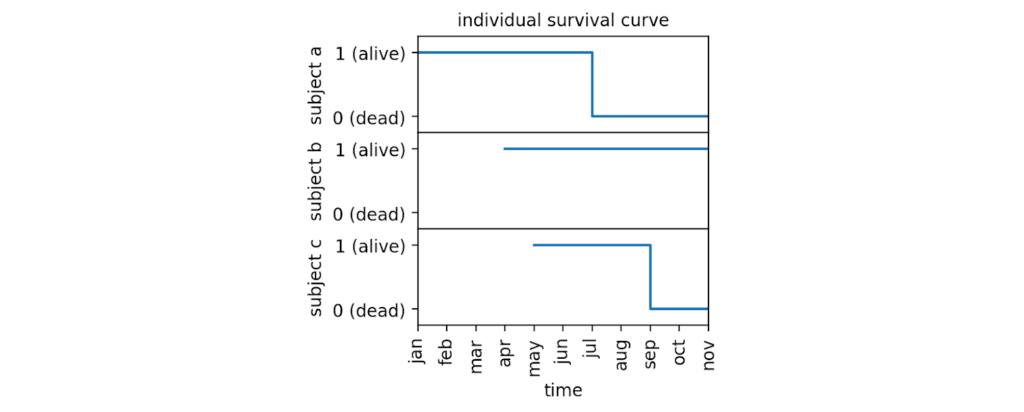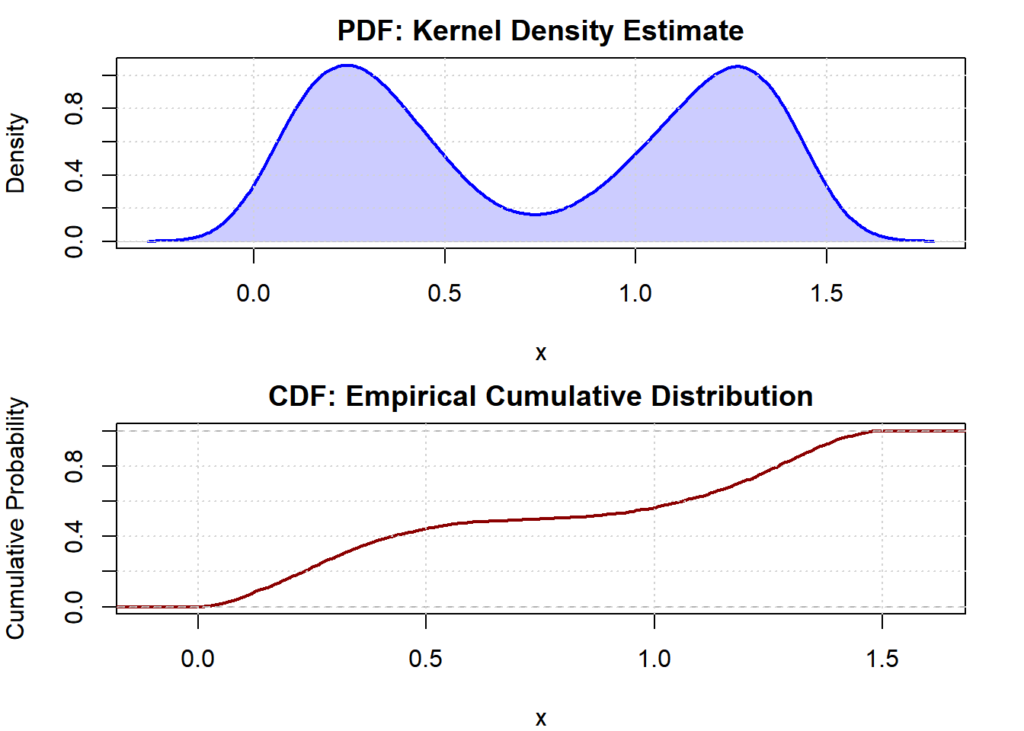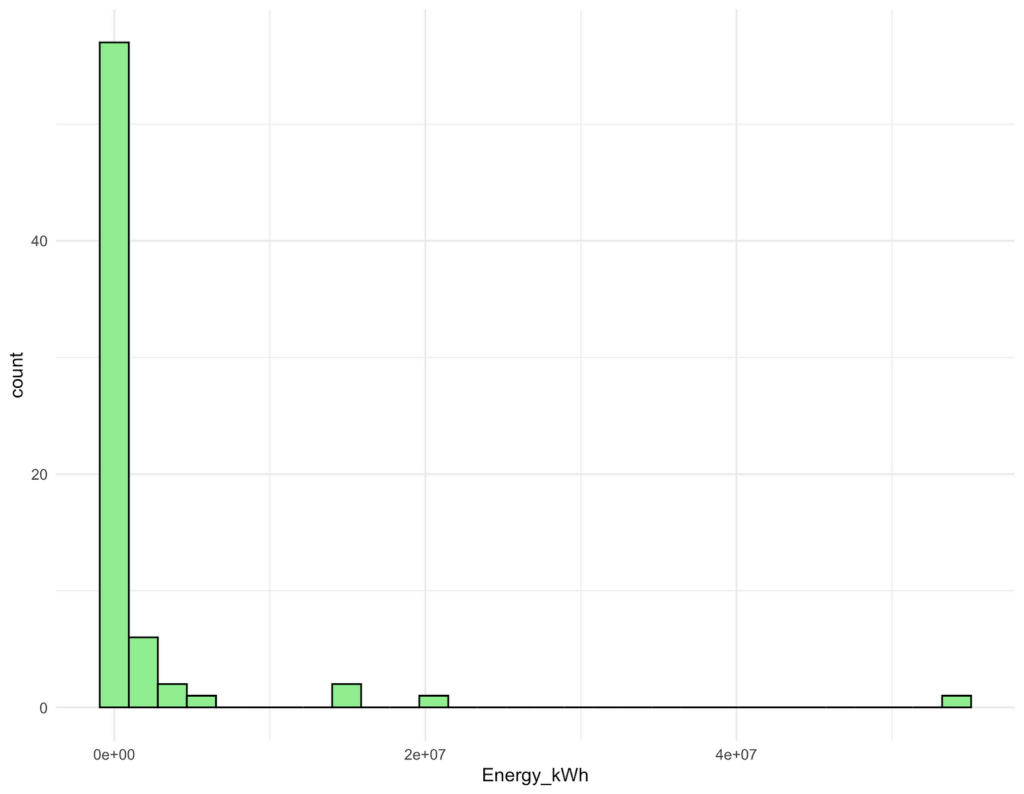🚪🚪🐐 Lessons in Decision Making from the Monty Hall Problem
The Monty Hall Problem is a well-known brain teaser from which we can learn important lessons in Decision Making that are useful in general and in particular for data scientists. If you are not familiar with this problem, prepare to be perplexed . If you are, I hope to shine light on aspects that you […]
🚪🚪🐐 Lessons in Decision Making from the Monty Hall Problem Read More »
